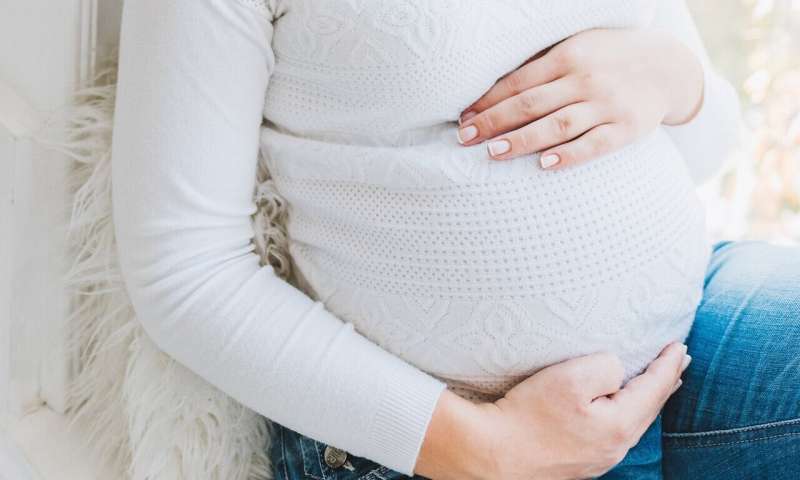Innovative Hydrogel Technique Extends Longevity of Human Lymph Node Cultures for Improved Immune Research

A novel hydrogel-based method enhances the longevity and functionality of human lymph node tissue outside the body, improving immune response studies and personalized medicine development.
Researchers at the College of Design and Engineering (CDE) at the National University of Singapore (NUS) in collaboration with the National Cancer Center Singapore have developed a groundbreaking method to maintain human lymph node tissue alive and functional outside the body for several days. This advancement allows scientists to observe immune responses in real-time, providing a more accurate understanding of how the human immune system reacts to infections, vaccines, and cancer, without relying solely on traditional preclinical models or simplified laboratory setups.
The new approach involves embedding thin slices of lymph node tissues into a specially designed hyaluronan-based hydrogel scaffold. This hydrogel, previously utilized to preserve tumor slices, acts as a supportive matrix that mimics the body's natural environment, maintaining the tissue's size, structure, and vital functions for a longer period. In experiments, the tissue responded appropriately to exposure to cancer cells and COVID-19 mRNA vaccines, activating immune signaling pathways and producing antibodies, demonstrating that the preserved tissue remained immunologically active.
One notable finding was an immune response observed prior to vaccine exposure, indicating the model's capability to reflect individual immune history, such as prior infection. This platform offers a promising tool for studying immune dynamics and developing personalized treatments.
The current model supports tissue viability for roughly a week, but scientists are working to extend this timeframe and incorporate features such as lymph flow. Future applications could include screening vaccines and immunotherapies for cancer and infectious diseases, providing a faster, more relevant alternative to animal testing.
This innovation marks a significant step toward creating more predictive human immune system models, paving the way for more effective and personalized therapies in the future.
Source: MedicalXpress
Stay Updated with Mia's Feed
Get the latest health & wellness insights delivered straight to your inbox.
Related Articles
Protein Cleavage Unveils Dual Functions in Childhood Ciliopathies and Cell Signaling
New research reveals how a specific cleavage of the TMEM67 protein separates its functions in cilia formation and cell signaling, offering insights into ciliopathies like Meckel-Gruber syndrome and potential therapeutic avenues.
Link Between Severe Pregnancy Nausea and Increased Mental Health Risks
Severe pregnancy nausea significantly raises the risk of mental health conditions, including depression and psychosis, highlighting the need for integrated care for affected women.



